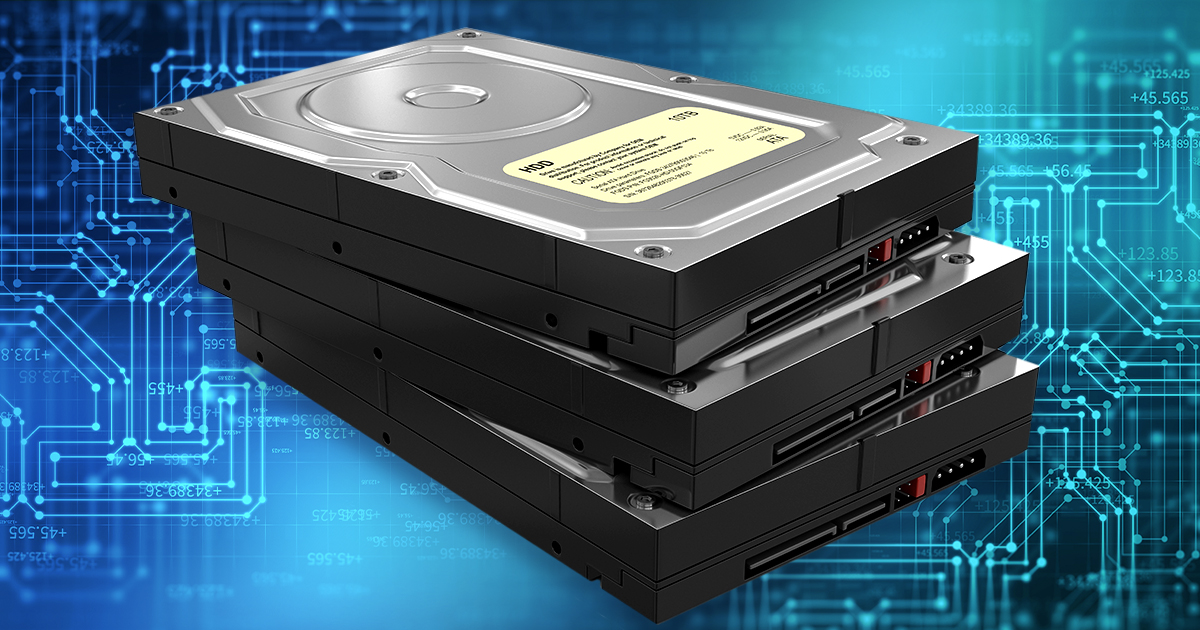- Joined
- Nov 25, 2013
- Messages
- 7,776
You store the VM data in Zvols in your main storage pool. What do you mean by TrueNAS drive? You will have multiple drives and create a zpool with redundancy, right? You cannot put anything on the drive TrueNAS boots from. The boot drive is for booting only and that is that. TrueNAS needs at least 2 drives (one small, cheap, for booting, one larger for storage) and better 2 or more storage drives for redundancy to do anything useful at all.Also one more point; in case described above... still seems its not a good idea to store these VMs (ubuntu, win) on truenas drive... is that correct? SO in that case i have to mount separate drive in Truenas where i store only VMs data?
You cannot virtualise inside Proxmox inside TrueNAS - no nested virtualisation. If Proxmox can run containers, fine. I run docker-compose in Ubuntu VMs in bhyve. It's just nested virtualisation (KVM) that is not possible inside bhyve.
Passing of USB ports is only possible if you can pass an entire USB controller. Depends on your hardware if there is one that is not also responsible for e.g. the keyboard, even when accessed via IPMI.


